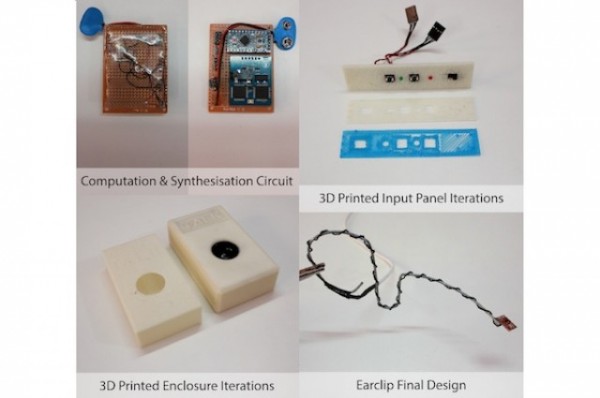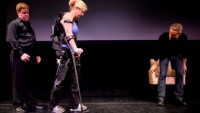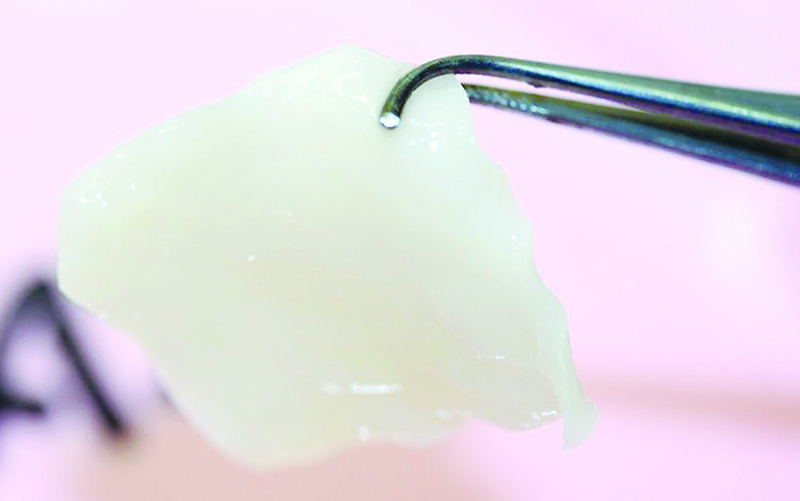Teen Invents Cheap Device That Allows Communication By Using Breath Patterns
| Cory Doyle | | Sep 15, 2014 10:09 PM EDT |
(Photo : Reuters ) Teenager invents a device that allows user to communicate in multiple languages by using breath patterns.
A 16-year-old boy from Panipat, India has invented a portable device that allows a computer to construct complete sentences from the breaths of speech-impaired persons.
Arsh Shah Dilbagi, also known as Robo, has developed a generic, fast, lightweight and portable device that can be mass produced while remaining affordably priced. The device records the user's exhales and transforms these to form full sentences.
Like Us on Facebook
The young inventor calls his invention "Talk."
Talk has only two major parts: a wearable sensor placed near the nose or mouth and a processing unit and speaker about the size of a an average smartphone.
Dilbagi said Talk will monitor and a convert two different type of exhales. These exhales will be distinguished by their different intensities and duration of time.
The intensity and duration of the breaths will be fed to the processor, which will determine the specific breath pattern and essentially compute them into a Morse or binary coded language -- short exhales are "dots" and long exhales are labeled "dashes."
Talk currently has two modes and can speak in approximately nine different voices.
As of now, Talk communicates in English and allows user to say specific commands and phrases.
Dilbagi feels this is only the first baby-steps of what this machine will be capable of in the future, and is already working to update and upgrade the device.
Talk device has shown some very promising results and has a 99% accuracy average. It's to be sold for less than US$100, which is a fraction of the cost of competing and larger devices.
Arish and his research and development team are currently working to expand the Talk's multi-language capabilities. He hopes to integrate the technology with smartphones and Google Glass in the near future.
Talk isn't the first augmentative and alternative communication (AAC) device on the market, however. Steven Hawking uses a similar yet different AAC device that reads and computes eye movement.
Most of the current AAC devices are very large and bulky. They come with many wires and sensors particular to each user and typically have to be customized for each application. This makes other devices very expensive.
TagsAAC, AAC Device, Young Inventor, Augmentative Alternative Communication, Google Glass, talk, Arsh Shah Dilbagi
©2015 Chinatopix All rights reserved. Do not reproduce without permission
EDITOR'S PICKS
-

Did the Trump administration just announce plans for a trade war with ‘hostile’ China and Russia?
-

US Senate passes Taiwan travel bill slammed by China
-

As Yan Sihong’s family grieves, here are other Chinese students who went missing abroad. Some have never been found
-

Beijing blasts Western critics who ‘smear China’ with the term sharp power
-

China Envoy Seeks to Defuse Tensions With U.S. as a Trade War Brews
-

Singapore's Deputy PM Provides Bitcoin Vote of Confidence Amid China's Blanket Bans
-

China warns investors over risks in overseas virtual currency trading
-

Chinese government most trustworthy: survey
-

Kashima Antlers On Course For Back-To-Back Titles
MOST POPULAR
LATEST NEWS
Zhou Yongkang: China's Former Security Chief Sentenced to Life in Prison

China's former Chief of the Ministry of Public Security, Zhou Yongkang, has been given a life sentence after he was found guilty of abusing his office, bribery and deliberately ... Full Article
TRENDING STORY

China Pork Prices Expected to Stabilize As The Supplies Recover

Elephone P9000 Smartphone is now on Sale on Amazon India

There's a Big Chance Cliffhangers Won't Still Be Resolved When Grey's Anatomy Season 13 Returns

Supreme Court Ruled on Samsung vs Apple Dispute for Patent Infringement

Microsoft Surface Pro 5 Rumors and Release Date: What is the Latest?












